Breast Fat Transfer
Fat transfer breast augmentation is a useful adjunctive procedure for volumisation in cosmetic surgery. Fat removed by surgeons at the time of liposuction operations may be injected into the breasts.
The technique was originally popularised by Sydney Coleman in New York (also called lipo-filling or lipostructure) for use in the face but then other doctors explored its use for breast reconstruction for improving asymmetry and for cosmetic breast enhancement. Fat transfer to the breasts is one of the most popular procedures that Mr Banwell performs in his UK practices and also forms just one part of his mummy makeover programmes.
The down-time for breast fat transfer procedures (lipofilling or hybrid breast technique) is generally short and most people on average can return to work anywhere between one to seven days later depending on the amount of work performed and the size of the donor site harvesting. Light activities can be resumed according to patient comfort. Normal activities can usually be resumed after a few days (except heavy exercise). Critical to the success of fat graft take is making sure you take things easy, wear your compression garments as directed and avoid smoking and drinking alcohol.
FAT TRANSFER TO BREAST, STEM CELLS & REGENERATIVE MEDICINE
Breast fat transfer is at the very cutting edge of regenerative medicine and processed fat contains high levels of stem cells that have been shown to have immense benefits in anti-ageing. Furthermore, one of the main advances in fat transfer over recent years is the improved ability to harvest and process the fat thereby improving graft ‘take’ rates. Mr Banwell prefers to use the PureGraft system which is an advanced system to help purify and prepare fat cells in an optimum way prior to re-injection back into the breast.
FAT TRANSFER FOR BREAST ENLARGEMENT/AUGMENTATION
Mr Banwell is at the forefront of hybrid and composite techniques used in fat transfer breast augmentation surgery in the UK. Fat can be used alone or in combination with latest generation breast implants (hybrid breast augmentation and composite breast augmentation) for a bespoke approach to breast augmentation surgery. This has expanded our solutions in the breast enhancement arena especially for those women looking for a ‘mini boob job’ or very modest increase in breast size. Please do ask Mr Banwell in person about his hybrid breast augmentation techniques (known as ‘HYBA’) and he can explain whether or not you are suitable for this kind of surgery. Fat transfer breast augmentation is now one of the most popular breast enhancement procedures for those who would prefer not to use breast implants.
The procedure is relatively small and recovery is usually quite rapid but please note that you will have a degree of swelling an bruising after the operation. Whilst the operation can be performed as a day case, if you have other procedures in addition to the fat transfer to the breasts, you will usually stay in overnight.
WHAT DOES FAT TRANSFER TO THE BREASTS INVOLVE?
This procedure is relatively straight forward from a surgical perspective but it is vital that patients take things easy in the first week or so after the procedure. Fundamental to this technique is the requirement for the fat to develop a new blood supply and thus external factors such as smoking, alcohol, exercise, etc can all affect fat graft take rates. As explained previously, Mr Banwell prefers to use the PureGraft system which helps purify and prepare the fat graft for transfer to the breasts. The careful preparation of the fat has been cited as one of the main reasons for optimal take rates. However, as Mr Banwell will explain, a proportion of the fat will reabsorb to a degree and therefore patients must accept that further fat transfer procedures to the breast may be required.
There are also things that patients can do to facilitate success: in the lead up to the operation it is vital to eat well, get plenty of sleep and maintain a steady weight. Drinking plenty of water to rehydrate in the days up to surgery is also very important as dehydration is another factor in poor take rates. Please make sure you discuss with Mr Banwell’s team the requirement for any compression garments but usually this will involve a sports bra (our preferred supplier is MACOM Medical).
The area where the fat is removed from is called the ‘donor’ site. Usually Mr Banwell will harvest fat from the abdomen or outer thighs using liposuction techniques but this will be confirmed on the day of surgery. Remember that unfortunately issues can occur in the donor sites such as contour irregularity, skin excess, dimpling, rippling and bumpiness so it is important to massage these areas afterwards and allow this to settle – wearing compression garments for these areas is also important.
COST OF BREAST FAT TRANSFER
The cost of fat transfer to the breast will vary depending upon whether this is performed in isolation or in association with other cosmetic procedure eg. as part of a mummy makeover. Mr Banwell’s team would be happy to provide an estimate for you. All follow up and dressing clinic appointments are included in the peace of mind package price (which is a combination of the Surgical fee, Hospital fee and Anaesthetic fee)
FAT TRANSFER FOR SCAR TREATMENT
Fat transfer can also be used for other indications too including scar management and scar revision so please feel free to ask Mr Banwell or his team for further information on these indications.

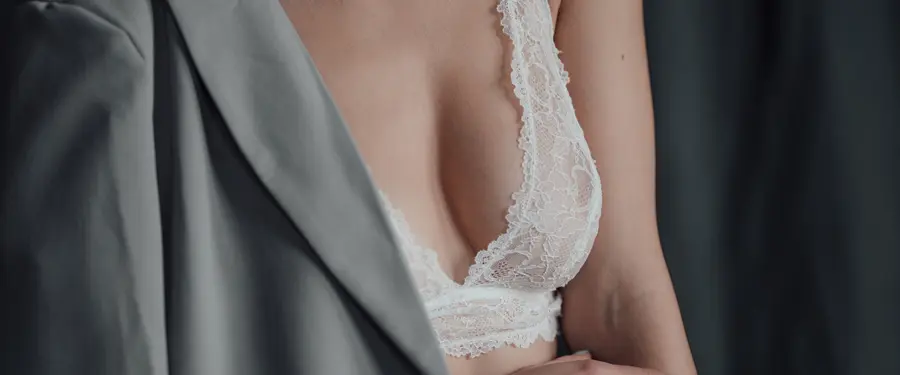


























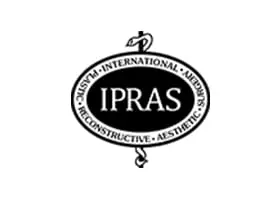







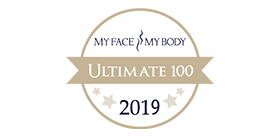


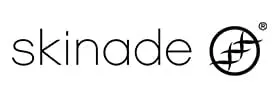






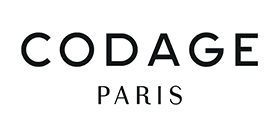


25th June 2025
Bringing Confidence Forward: A Personal Look at Hairline Lowering Surgery
Read More
24th June 2025
Lip Lift Surgery: A Subtle Change That Speaks Volumes
Read More
3rd June 2025
Post-Surgery Compression Garments in Plastic Surgery
Read More